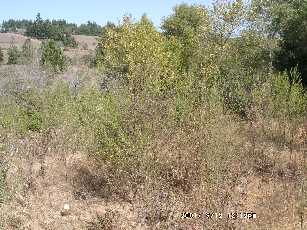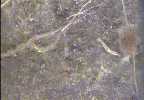
|
|
This one is from nearly a meter deep in the soil.
|
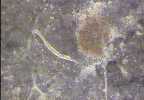
|
|
Zoom in on above image displaying nice fleshy root tips.
|
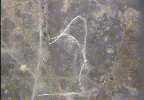
|
|
Detailed lateral branching; notice the web of root hairs or hyphae
between branches.
|
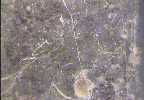
|
|
Filamentous roots...
|
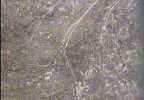
|
|
Fine roots; notice the fungal mycelia forming that cloudy area between
root branches.
|
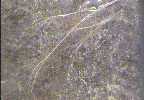
|
|
More roots like above...the fungi appear to colonize the terminal branches
of the roots.
|
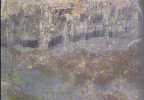
|
|
A horizontal fissure...this could have been formed by a burrowing animal or
it could once have been a root that has since decomposed.
|
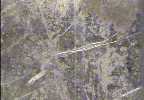
|
|
Nice root hair development on central root branch.
|
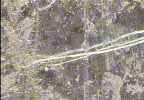
|
|
Zoom in on above...
|
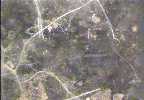
|
|
Could be more root hairs, but the assymetry suggests that some of those
wispy threads may be fungal.
|
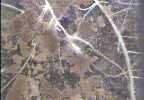
|
|
Nice example of hairy roots...
|
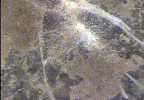
|
|
Dramatic zoom shot of a dense zone of root hairs. Notice that the densely
hairy areas are growing preferentially in certain areas. Perhaps the plant is
exploiting localized zones of high nutrient availability.
|
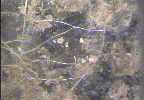
|
|
These roots have peculiar structures attached to them.
|
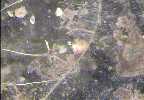
|
|
Zoom in on above...
|
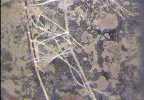
|
|
Interesting root branching...
|
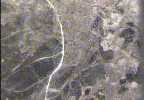
|
|
|
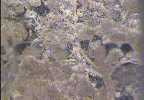
|
|
That whitish look to the soil suggests that the soil here has been colonized
by a dense fungal mycelium...several root branches radiate
from the dense central colony.
|

|
|
Zoom in on above...
|
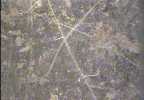
|
|
New root growing in the foreground.
|
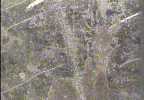
|
|
Another shot of an older root with both root hairs and younger lateral
roots. The vertical lines are streaks on the tube's surface, not roots.
|
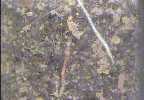
|
|
In this image, an older, darker root is juxtaposed against a young white
root.
|
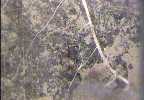
|
|
|
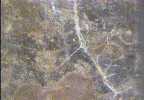
|
|
A lot of fungal activity around this root. It doesn't appear to be
mycorrhizal, however.
|
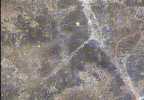
|
|
Zoom in on above image...
|
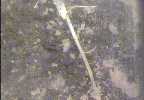
|
|
|
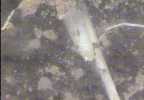
|
|
Zoom in on small branch from above. Notice the tiny root hairs...
|
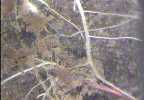
|
|
Here again we see dense root hairs growing in specific zones on the root
surface.
|
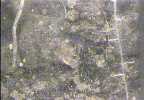
|
|
|
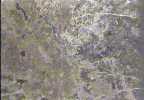
|
|
Again we see the whitish color suggesting mycelial colonization of the
soil in this region. Roots are present as well, although it is uncertain
whether they are directly interacting with the fungal mass or if the two
organisms are merely exploiting the same food source.
|
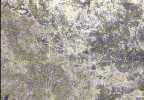
|
|
Zoom in on above image...
|
